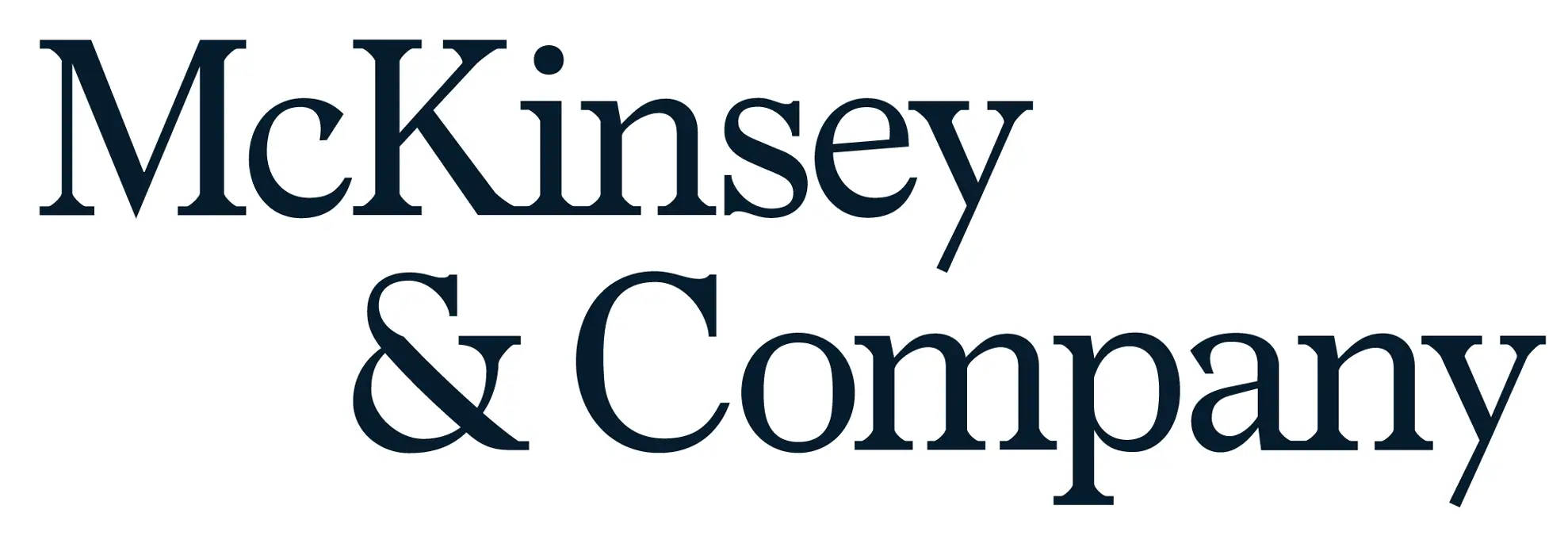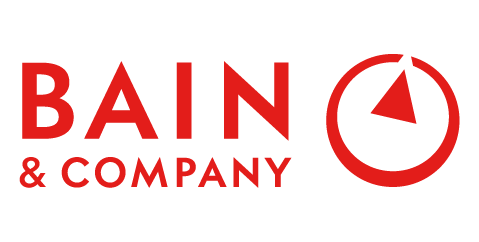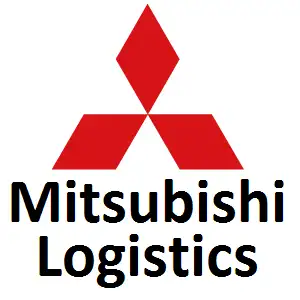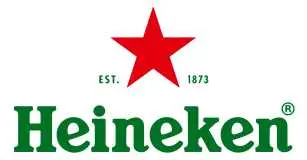
United States Autonomous Car Market Trends, Share, Size, Demand, Revenue and Future Outlook
United States Autonomous Car Market Growth, Size, Trend Analysis- By Propulsion Type, By Level, By Vehicle Type- Regional Outlook, Competitive Strategies and Segment Forecast to 2033
| Published: Oct-2024 | Report ID: AMIN24227 | Pages: 1 - 108 | Formats*: |
| Category : Automotive & Transportation | |||
- May 2024: Volvo Autonomous Solutions exhibited an independent truck at the ACT Expo in Las Vegas. The truck highlighted independent driving innovation from Aurora Advancement, including high-goal cameras, imaging radar, licensed lidar fit for distinguishing objects up to 400 meters away, artificial intelligence calculations, double PCs, and extra sensors.
- February 2024: Oxa, an organization gaining practical experience in autonomous vehicles, presented a business self-driving transport in Florida. The Oxa driver programming will uphold the driverless assistance in the US, which is worked by American transport supplier Signal as a team with the Jacksonville Transport Authority and Florida State School at Jacksonville.
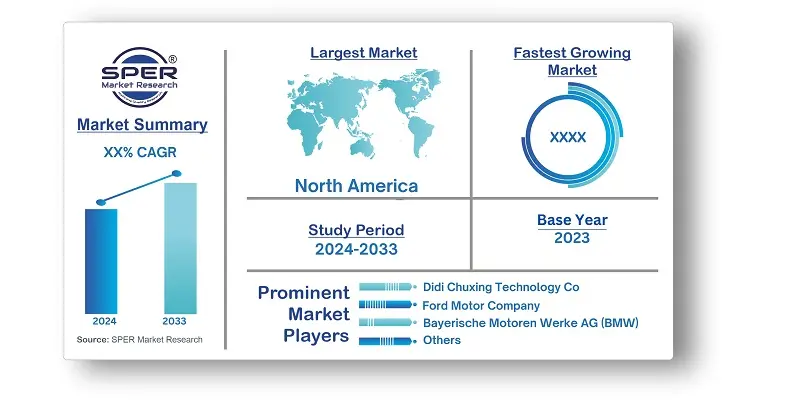
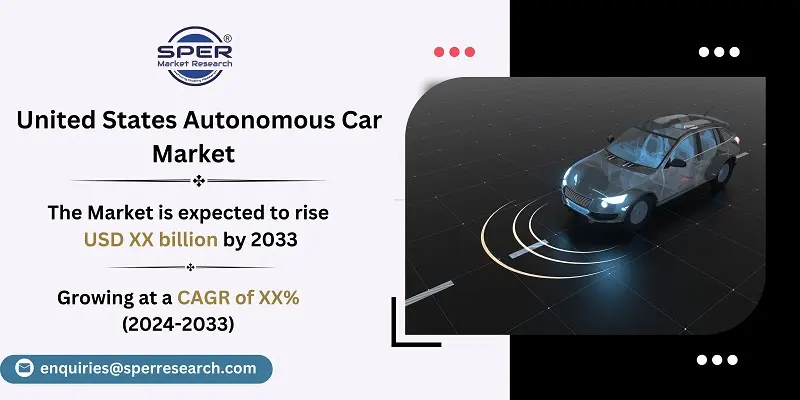
| Report Metric | Details |
| Market size available for years | 2020-2033 |
| Base year considered | 2023 |
| Forecast period | 2024-2033 |
| Segments covered | By Propulsion Type, By Level, By Vehicle Type |
| Regions covered | Eastern America, Western America, Northern America, Southern America |
| Companies Covered | Alphabet Inc, Amazon.com Inc, Apple Inc, Aptiv, Baidu Inc, Bayerische Motoren Werke AG (BMW), Didi Chuxing Technology Co, Ford Motor Company |
- Tech Enthusiasts
- Urban Dwellers
- Commuters
- Aging Population
- Families
- Ride-sharing Services
- Businesses
| By Propulsion Type: | |
| By Level: | |
| By Vehicle Type: |
- United States Autonomous Car Market Size (FY’2024-FY’2033)
- Overview of United States Autonomous Car Market
- Segmentation of United States Autonomous Car Market By Propulsion Type (Semi-Autonomous and Fully Autonomous)
- Segmentation of United States Autonomous Car Market By Level (Level 1, Level 2, Level 3, Level 4 and Level 5)
- Segmentation of United States Autonomous Car Market By Vehicle Type (Passenger Car and Commercial Car)
- Statistical Snap of United States Autonomous Car Market
- Expansion Analysis of United States Autonomous Car Market
- Problems and Obstacles in United States Autonomous Car Market
- Competitive Landscape in United States Autonomous Car Market
- Impact of COVID-19 and Demonetization on United States Autonomous Car Market
- Details on Current Investment in United States Autonomous Car Market
- Competitive Analysis of United States Autonomous Car Market
- Prominent Players in United States Autonomous Car Market
- SWOT Analysis of United States Autonomous Car Market
- United States Autonomous Car Market Future Outlook and Projections (FY’2024-FY’2033)
- Recommendations from Analyst
1.1. Scope of the report1.2. Market segment analysis
2.1. Research data source
2.1.1. Secondary Data2.1.2. Primary Data2.1.3. SPER’s internal database2.1.4. Premium insight from KOL’s
2.2. Market size estimation
2.2.1. Top-down and Bottom-up approach
2.3. Data triangulation
4.1. Driver, Restraint, Opportunity and Challenges analysis
4.1.1. Drivers4.1.2. Restraints4.1.3. Opportunities4.1.4. Challenges
4.2. COVID-19 Impacts of the United States Autonomous Car Market.
5.1. SWOT Analysis
5.1.1. Strengths5.1.2. Weaknesses5.1.3. Opportunities5.1.4. Threats
5.2. PESTEL Analysis
5.2.1. Political Landscape5.2.2. Economic Landscape5.2.3. Social Landscape5.2.4. Technological Landscape5.2.5. Environmental Landscape5.2.6. Legal Landscape
5.3. PORTER’s Five Forces
5.3.1. Bargaining power of suppliers5.3.2. Bargaining power of buyers5.3.3. Threat of Substitute5.3.4. Threat of new entrant5.3.5. Competitive rivalry
5.4. Heat Map Analysis
6.1. United States Autonomous Car Market Manufacturing Base Distribution, Sales Area, Product Type6.2. Mergers & Acquisitions, Partnerships, Product Launch, and Collaboration in United States Autonomous Car Market
7.1. United States Autonomous Car Market Size, Share and Forecast, By Propulsion Type, 2020-20267.2. United States Autonomous Car Market Size, Share and Forecast, By Propulsion Type, 2027-20337.3. Semi-Autonomous7.4. Fully Autonomous
8.1. United States Autonomous Car Market Size, Share and Forecast, By Level, 2020-20268.2. United States Autonomous Car Market Size, Share and Forecast, By Level, 2027-20338.3. Level 18.4. Level 28.5. Level 38.6. Level 48.7. Level 5
9.1. United States Autonomous Car Market Size, Share and Forecast, By Vehicle Type, 2020-20269.2. United States Autonomous Car Market Size, Share and Forecast, By Vehicle Type, 2027-20339.3. Passenger Car9.4. Commercial Car
10.1. United States Autonomous Car Market Size and Market Share
11.1. United States Autonomous Car Market Size and Market Share By Region (2020-2026)11.2. United States Autonomous Car Market Size and Market Share By Region (2027-2033)11.3. Eastern America11.4. Western America11.5. Northern America11.6. Southern America
12.1.1. Alphabet Inc
12.1.2. Company details12.1.3. Financial outlook12.1.4. Product summary12.1.5. Recent developments
12.2. Amazon.com, Inc
12.2.1. Company details12.2.2. Financial outlook12.2.3. Product summary12.2.4. Recent developments
12.3. Apple Inc
12.3.1. Company details12.3.2. Financial outlook12.3.3. Product summary12.3.4. Recent developments
12.4. Aptiv
12.4.1. Company details12.4.2. Financial outlook12.4.3. Product summary12.4.4. Recent developments
12.5. Baidu, Inc
12.5.1. Company details12.5.2. Financial outlook12.5.3. Product summary12.5.4. Recent developments
12.6. Bayerische Motoren Werke AG (BMW)
12.6.1. Company details12.6.2. Financial outlook12.6.3. Product summary12.6.4. Recent developments
12.7. Didi Chuxing Technology Co
12.7.1. Company details12.7.2. Financial outlook12.7.3. Product summary12.7.4. Recent developments
12.8. Ford Motor Company
12.8.1. Company details12.8.2. Financial outlook12.8.3. Product summary12.8.4. Recent developments
12.9. Others
SPER Market Research’s methodology uses great emphasis on primary research to ensure that the market intelligence insights are up to date, reliable and accurate. Primary interviews are done with players involved in each phase of a supply chain to analyze the market forecasting. The secondary research method is used to help you fully understand how the future markets and the spending patterns look likes.
The report is based on in-depth qualitative and quantitative analysis of the Product Market. The quantitative analysis involves the application of various projection and sampling techniques. The qualitative analysis involves primary interviews, surveys, and vendor briefings. The data gathered as a result of these processes are validated through experts opinion. Our research methodology entails an ideal mixture of primary and secondary initiatives.
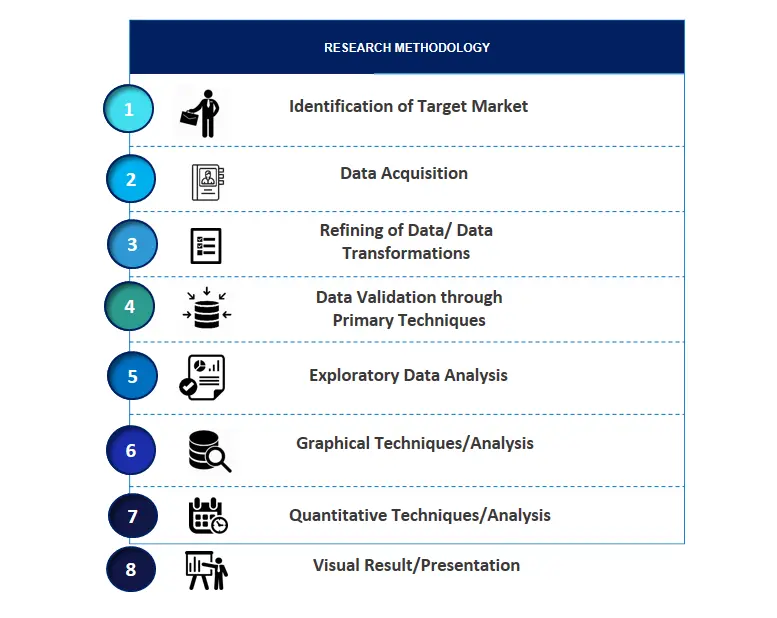
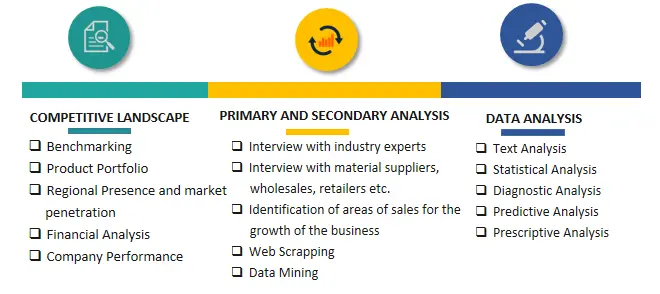

Frequently Asked Questions About This Report
PLACE AN ORDER
Year End Discount
Sample Report
Pre-Purchase Inquiry
NEED CUSTOMIZATION?
Request CustomizationCALL OR EMAIL US
100% Secure Payment






Related Reports
Our Global Clients
Our data-driven insights have influenced the strategy of 200+ reputed companies across the globe.






